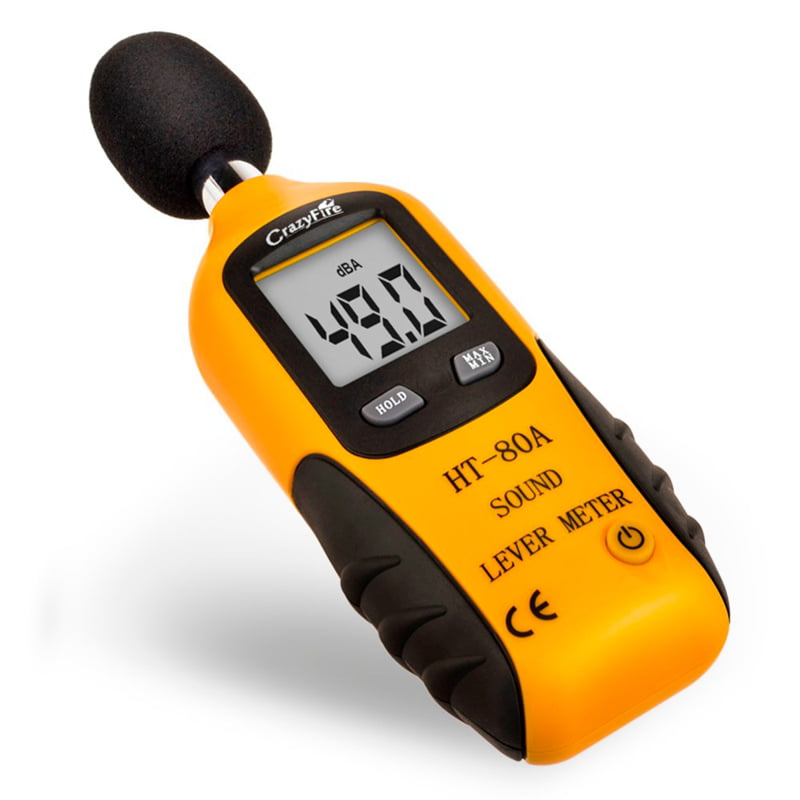

Our 85,000-square-foot facility is dedicated to producing advanced materials for your industrial applications. A-weighted decibels, abbreviated dBA, are an expression of the relative loudness of sounds in air as perceived by our ears. Decibel Levels of Common Sounds Because decibels increase exponentially, we only need a scale of less than 200 dB to describe any sound you can think of. Technicon Acoustics is North America’s leading acoustic and thermal solutions provider for OEMs. What Is a Decibel A decibel (dB) is a unit of measurement for sound. Decibels, on the other hand, are an absolute measurement of sound pressure levels, so there is no subjectivity. A dbA reading tells you at what level your ears are perceiving the sound, instead of its actual volume in decibels. For instance, 100dB at 100Hz is equivalent to 80dB at 1000Hz. The unit decibel is used because a one-decibel difference in loudness between two sounds is the smallest difference detectable by human hearing. Industrial Sound Solutions From Technicon Acoustics The difference between regular decibels and A-rated decibels is that dbAs are adjusted according to the way the human ear hears sound. In decibel The term bel is derived from the name of Alexander Graham Bell, inventor of the telephone. To measure industrial sound, you will need a more accurate meter. There are several types of sound level meters on the market with varying levels of versatility and precision.
#DECIBEL MEASUREMENT PRO#
Free, this app offers an ad-free Pro version that includes a vibrometer and exportable CSV files. It can be calibrated and features an extensive menu of options.
#DECIBEL MEASUREMENT ANDROID#
The meters can focus on particular frequencies within a larger soundscape using filters, which hone in on specific sound wave pressure bands. This Android app gives you the circular gauge other apps use, a color-changing screen when noise exceeds safe levels, and a running line graph. Finally, the readout panel shows the typical sound pressure levels for the surroundings under consideration. The output amplifier then converts the weak sound signal to a level suitable for display on the readout screen. The input amplifier then converts that electrical charge into a voltage, which the electrical circuitry processes to produce a sound pressure level (SPL). The microphone turns fluctuating, sound-induced air pressure to a fluctuating electrical charge. When two sound sources of equal intensity or power are measured together, their combined intensity level is 3 dB higher than the level of either separately. Sound level meters are composed of four main parts: a microphone, an input amplifier, an output amplifier, and a readout device. To ensure personnel safety, all readings taken by a sound level meter must be accurate and reliable.


 0 kommentar(er)
0 kommentar(er)
